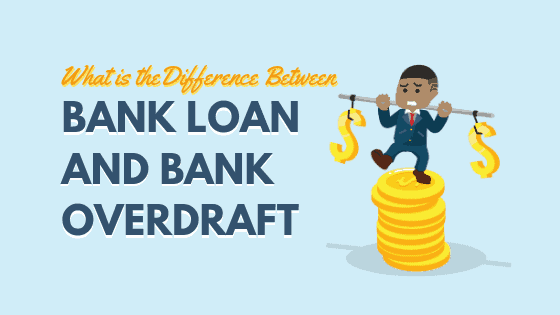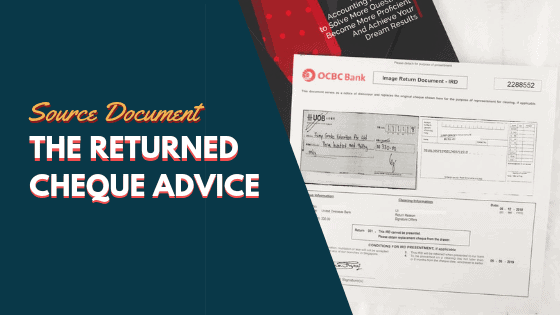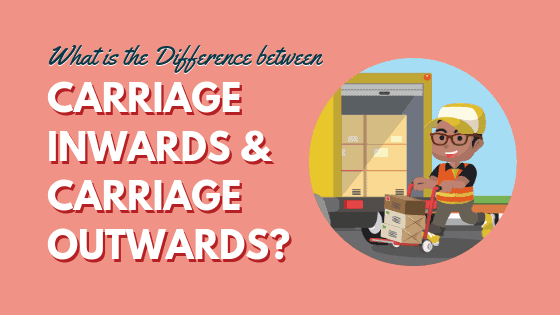Difference Between Bank Loan and Bank Overdraft

What is the difference between a bank loan and a bank overdraft?

Bank overdraft definition: Bank overdraft is an arrangement by a bank to provide finance for their customer’s short-term needs, under which the bank agrees to pay the customer’s checks against insufficient funds in his account. In other words overdraft facility is a loan from bank for short-term. This facility is provided by bank to their customer to meet short-term financial needs. A bank overdraft differs from a normal bank loan because the borrower does not have to repay the overdraft immediately. Bank overdraft can be explained as an advance from a bank against an account maintained by the borrower. It is a short term form of credit from bank, to which is agreed by both bank and borrower at the time of advance.
Bank loan
Refers to capital borrowed from the bank. This tends to be more expensive than an overdraft. The difference between a bank loan and a bank overdraft is that a loan is granted for a specific period (say, two years), usually at a set rate of interest (that is, it doesn’t vary when bank base rates vary). A bank loan is shown on the balance sheet as a long-term liability.
Interest on the loan is recorded as an expense on the Profit and Loss Account. Any capital repayments will reduce the long-term liability on the balance sheet. Short term borrowing to help fund a temporary shortage of funds is more likely to involve a bank overdraft.
Bank overdraft
For the business, a bank overdraft is essentially short term borrowing, intended to tide the business over temporarily. Very often, the overdraft is not for a specific amount of money, but the business is given a maximum level of cash it may draw against the overdraft. A business should arrange overdraft facilities to ensure that the bank will honor cheques even though there are insufficient funds in the account to cover the value of cheques drawn.
The overdraft is repayable on demand, although it is usual to agree with the bank the period for which the overdraft is required. It has the advantage that interest accrues from day to day only on the balance outstanding and it follows the flat rate of interest. A bank overdraft is shown on the balance sheet as a short-term liability.
Summary of the difference between bank loan and bank overdraft (short-term borrowings):
| Bank loan | Bank overdraft |
| A fixed amount borrowed from the bank. | The amount withdrawn in excess of the balance in the bank account. The amount withdrawn is not fixed but it must not exceed a limit agreed between the business and the bank. |
| Cash is transferred to the business account, thus reflected as Dr Cash at Bank and Cr Bank loan in the business books when bank loan is obtained. | No cash is transferred to the business. The amount is reflected as credit balance in the Cash at Bank Account. |
| Fixed repayment amount of the principal over the loan period. | No cash repayment. Any deposit into the bank account reduces the amount borrowed. |
| Can be long-term or short-term in nature. If bank loan is long-term, it is reflected in the Balance Sheet as ‘Long-term borrowings’ under the section heading ‘Non-current liability’. If bank loan is short-term, it is reflected in the Balance Sheet as ‘Current portion of long-term borrowings’ under the section heading ‘Current liability’. | Reflected in the Balance Sheet as ‘Short-term borrowings’ under the section heading ‘Current liability’. |
| Subject to interest based on loan amount. | Subject to interest if overdraft facility is used more than the agreed period. |
Have A Question?
I’ll be more than happy to help. Use the button below to reach me. While I can’t promise to answer every question, I’ll try to use your question in a future blog post or newsletter. Thanks! – Caleb





